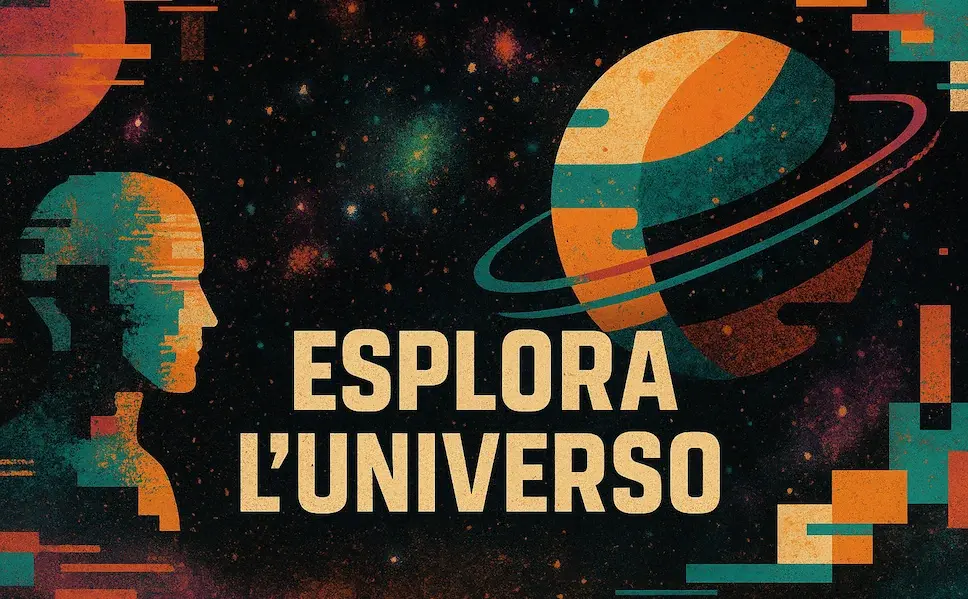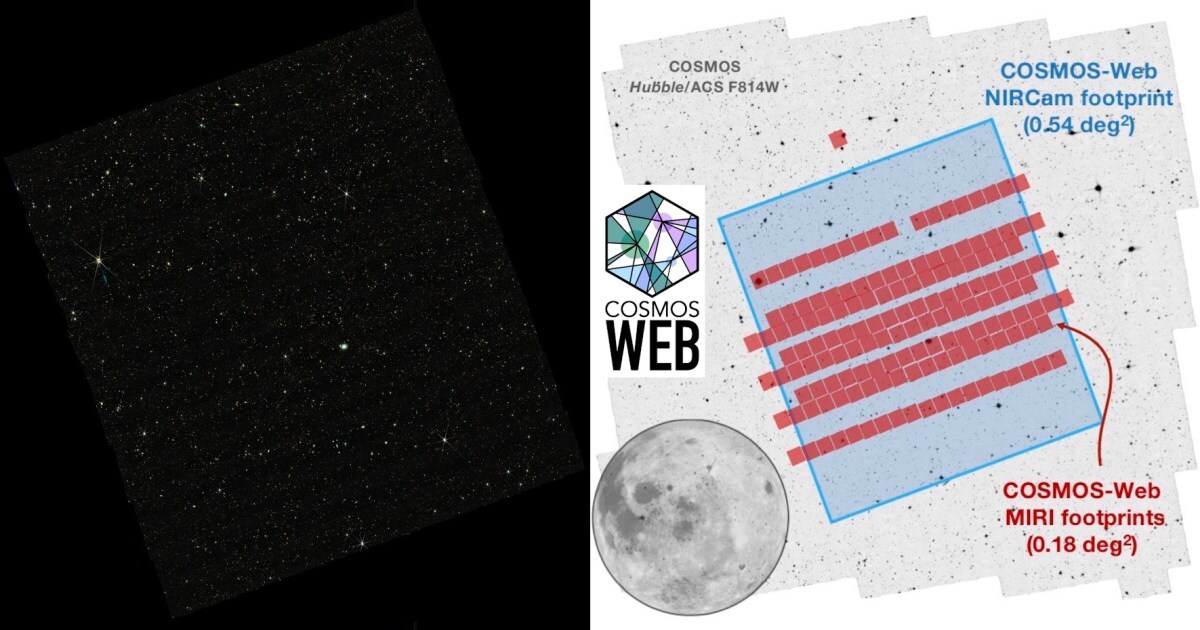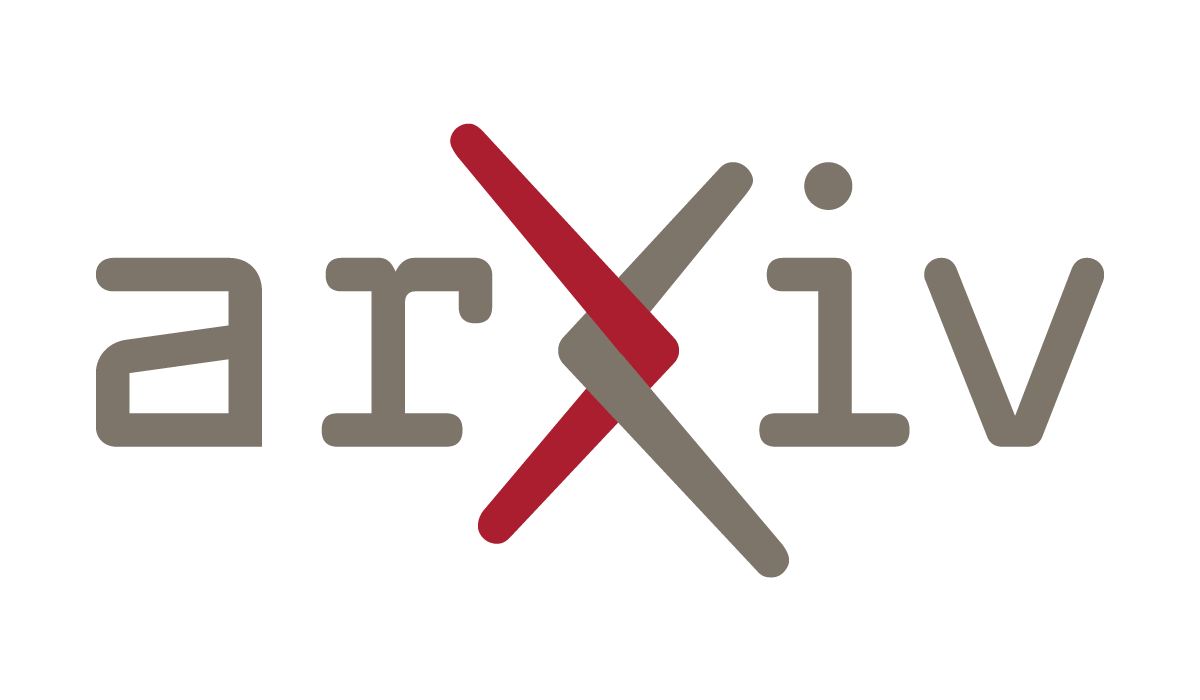JWST publie la plus grande carte de l’Univers jamais vue : 800 000 galaxies, 13,5 milliards d’années en arrière. https://www.vietnam.vn/fr/cong-bo-ban-do-vu-tru-lon-nhat-lich-su-tu-james-webb
#JWST #Cosmologie #CarteUnivers #COSMOSWeb #GalaxiesAnciennes





